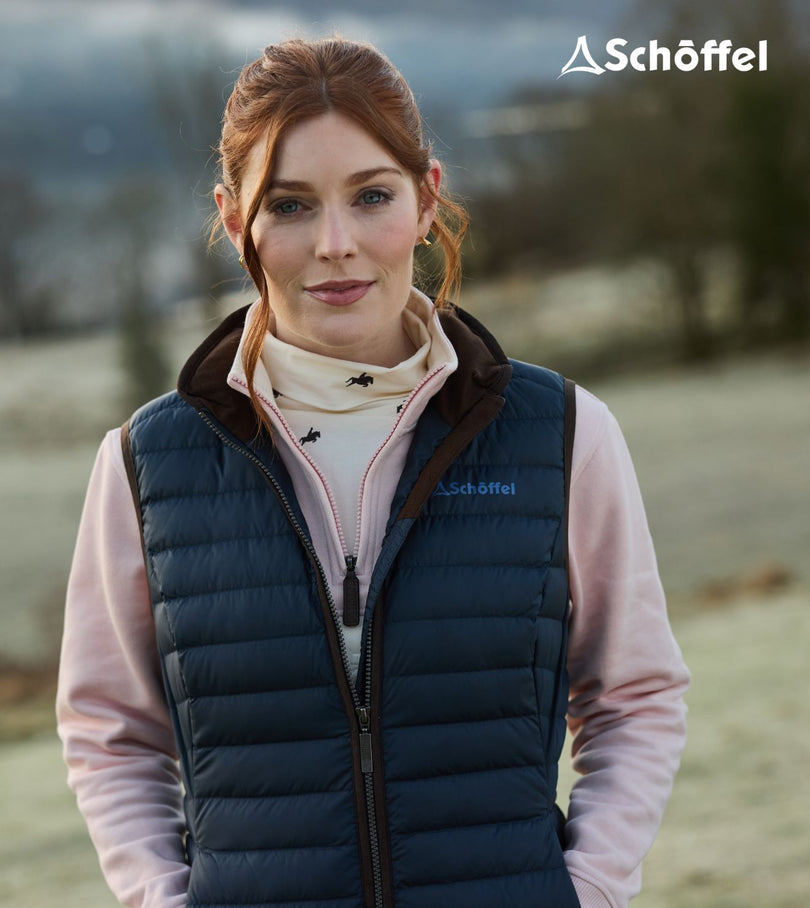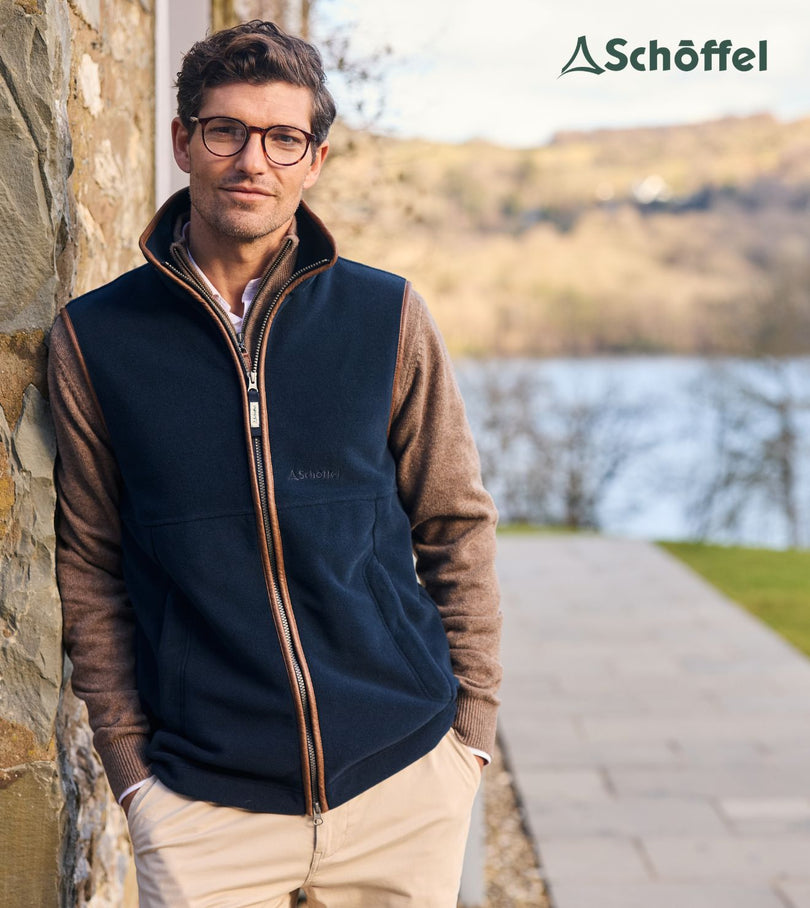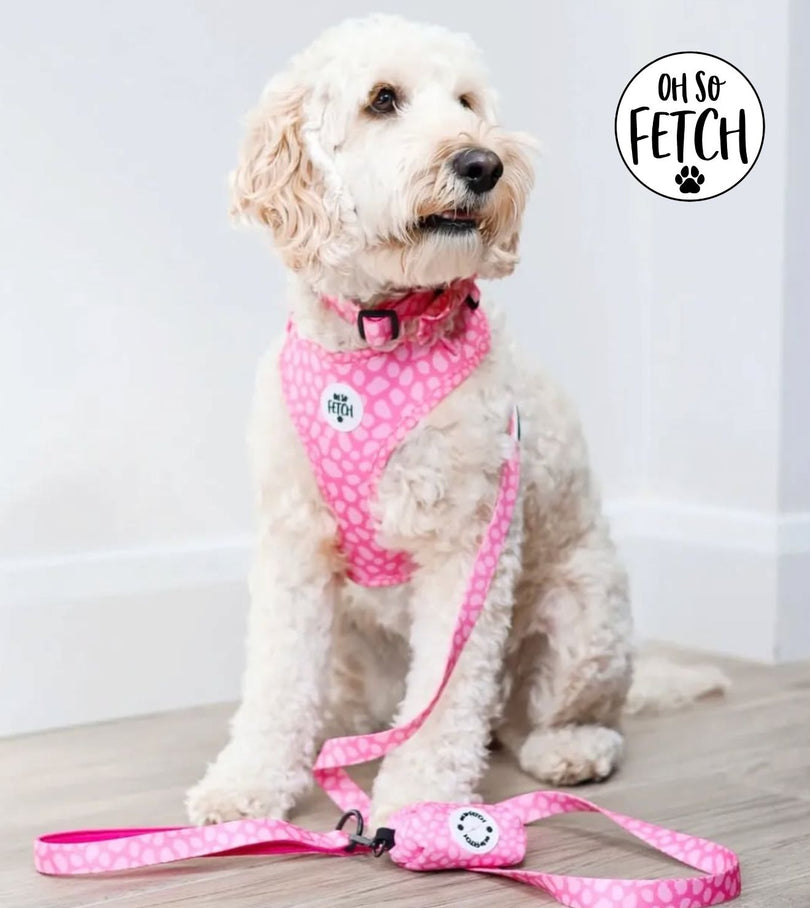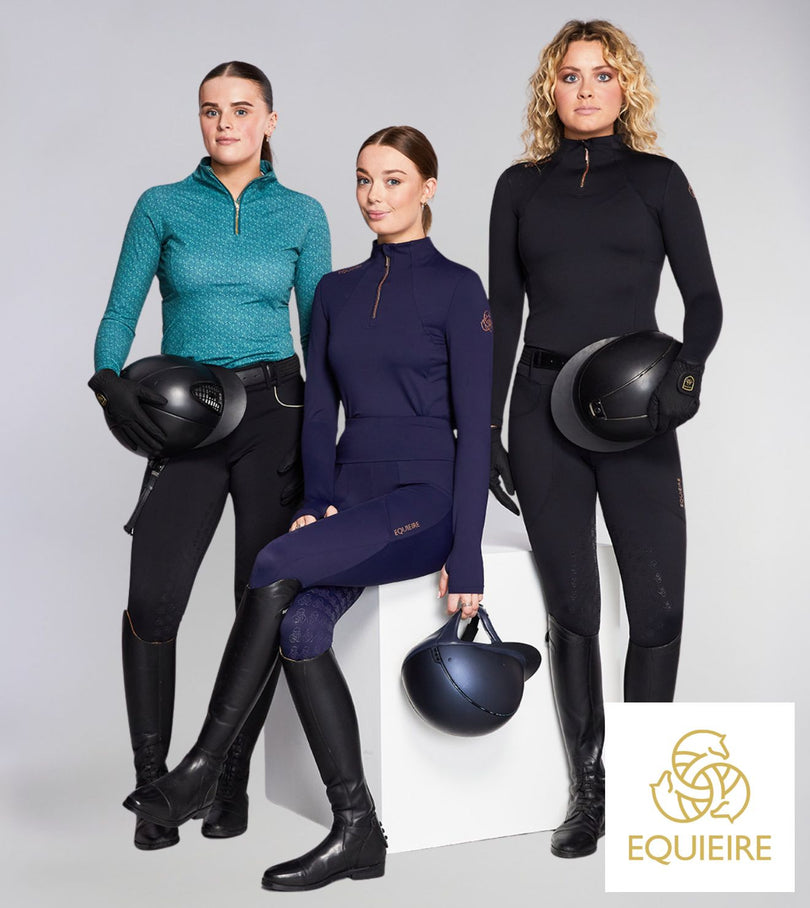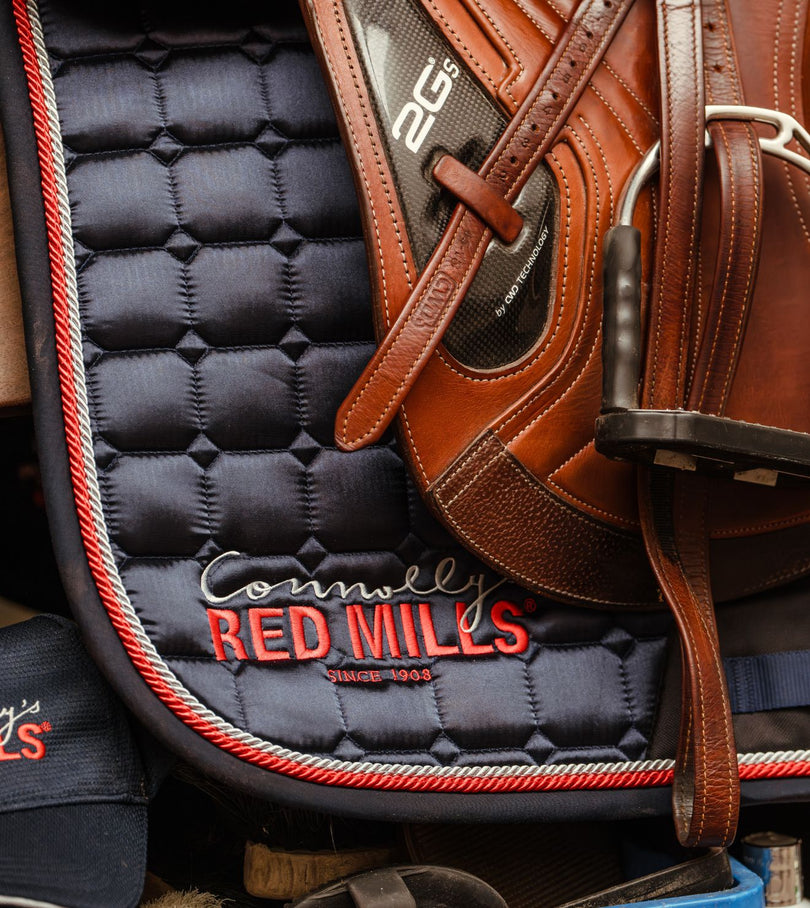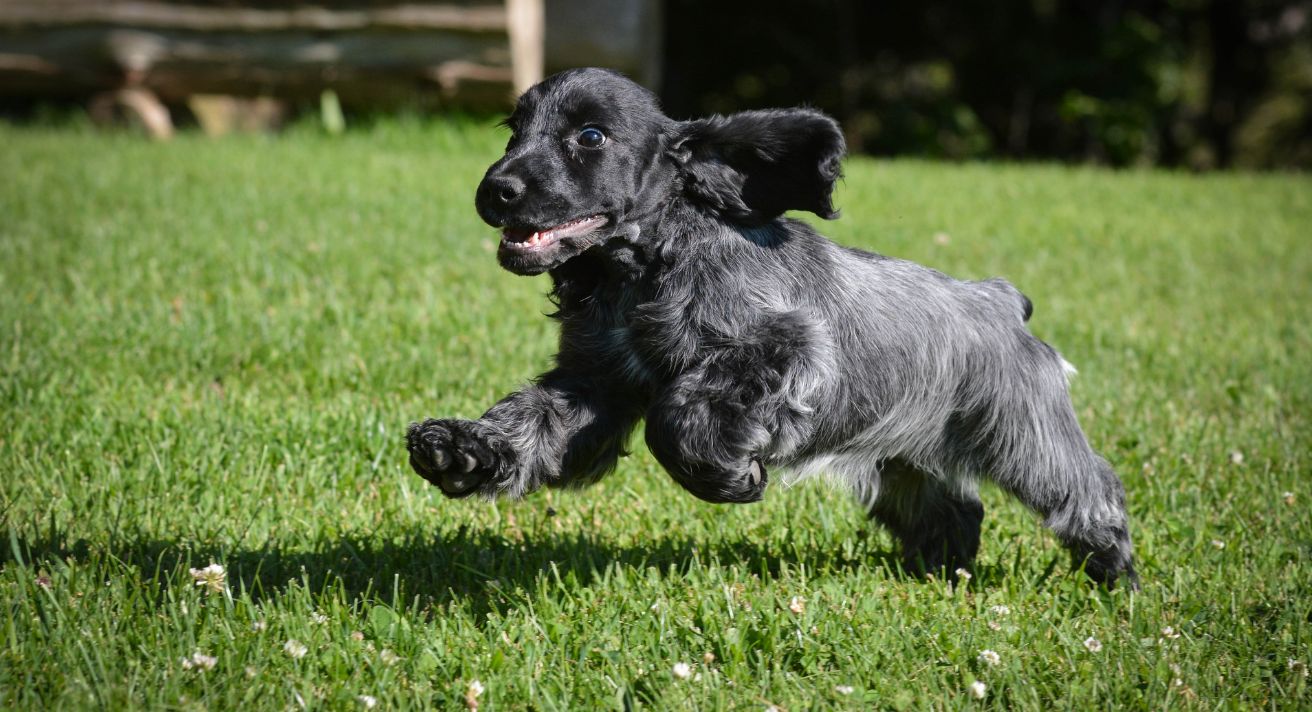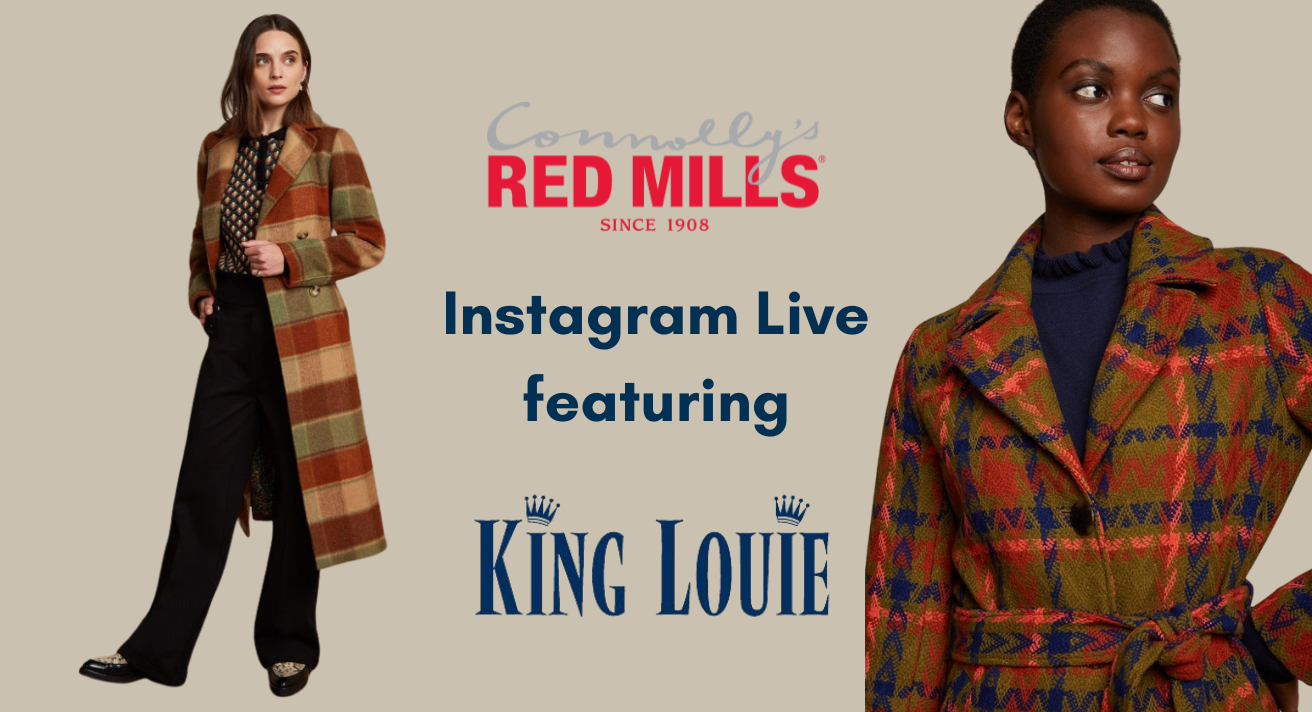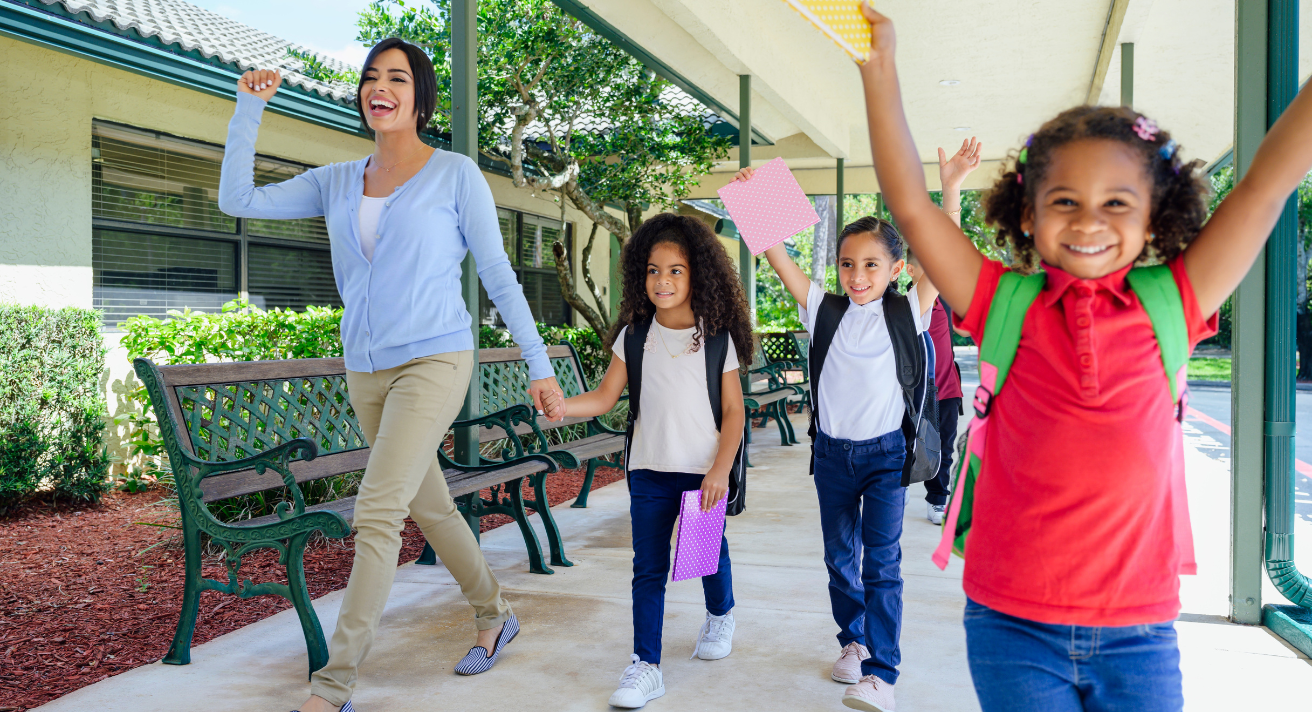Blog by Irene Hislop
Puppies are bundles of energy – when they’re awake. Many new puppy parents are surprised at how much their new furry bundle of joy sleeps. The way pups switch from wide awake and full of mischief to adorably sound asleep can be confusing. It leaves new owners wondering just how much exercise does a puppy need. And the pups are no help themselves. They don’t know how much exercise they need and will cheerfully overdo it if they are having fun with you.
The amount of exercise your dog needs depends on a few factors, but in general, less than you probably think for younger puppies. That’s because excessive activity not only wears them out, it can also cause bone and joint problems that affect their growth and long term well-being.
What Influences How Much Exercise Your Dog Needs?
When you are pondering how much to exercise your dog, you need to consider a few key factors. Remember, you’ll hear conflicting advice from different people, and what they say might be true for their dog – but not yours. Your vet is always the best source of advice for your individual dog’s needs.
- Age – The younger the pup is, the less exercise they should have. The Kennel Club recommends walking your pup five minutes per month of age up to twice a day. So a three month old dog should have one or two 15 minute walks day at most.
- Breed / Size – Larger breeds take longer to reach maturity. That means that as pups, they are better off with less exercise than smaller breeds. If you aren’t sure just what breed(s) your pup is, their paw size will give you an idea of how large they will be.
- Weather – Avoid walking dogs of any age in extreme heat. A quick trip to the garden for potty breaks is enough, and that should be kept to the cooler parts of the day as much as possible. For puppies, the same is true for extreme cold, ice and severe rain, although you can bundle your pup up in a rain-proof, warm coat for a short walk in winter.
- Type of Exercise – Play is a pup’s favourite way to exercise, and it is the best for them. It’s also safest because if they are in the house playing, they’ll usually just plop down for a nap when they are tired. If you see your pup’s energy flagging, let them rest. Pups should not be encouraged to jump or do any agility type games until they are older because these can strain their developing bones and joints.
- Feeding Schedule – Never exercise your dog too soon after meals. Give them time to digest their food properly or they risk developing a life-threatening condition called bloat or gastric torsion.
A dog needs exercise at every age, and they thrive on routine. That said, puppies and seniors need much less exercise than adult dogs. How much exercise a puppy needs increases as they grow. Most adult dogs can thrive on two half-hour walks a day and some play time with you.

